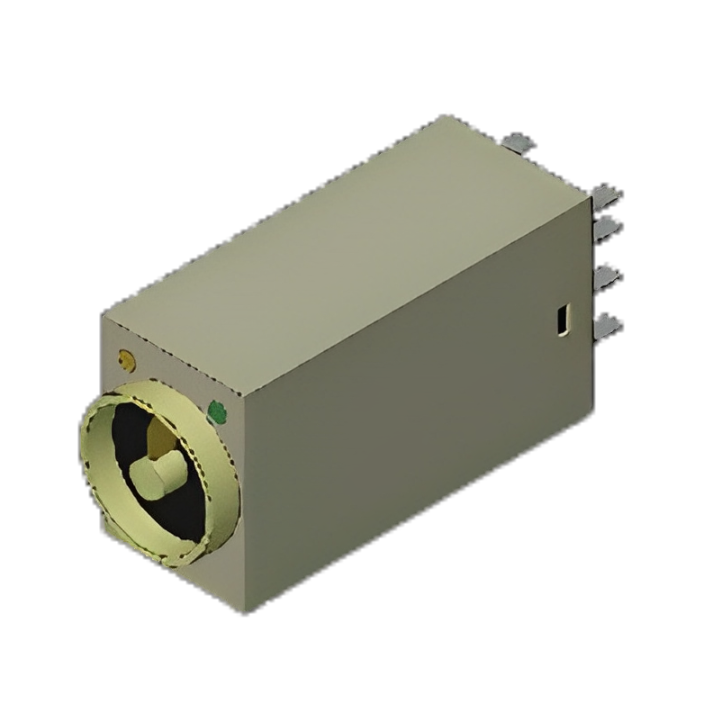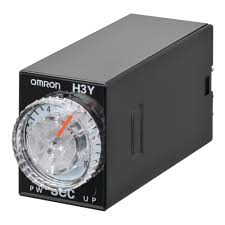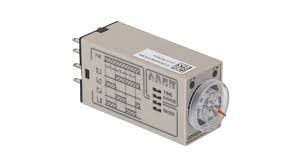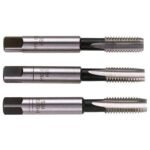
Introduction to Omron Time Delay Relay
In industrial automation and electronics, precise timing is critical. An Omron Time Delay Relay provides reliable control over electrical circuits by introducing preset time intervals before switching operations. This delay ensures equipment operates in a safe and synchronized manner, protecting components such as contactors, sensors, connectors, and controllers. Widely used in manufacturing, safety systems, and power distribution, these relays enhance process accuracy while preventing sudden electrical surges or malfunctions.
Why Are Time Delay Relays Important?
Time delay relays serve as a safeguard in automation systems. They help regulate current flow, manage switching operations, and control devices like motors, capacitors, and LEDs. By delaying circuit activation or deactivation, they reduce wear on switches, protect fuses, and improve overall safety. Omron’s advanced designs are tailored to applications involving electronics, microcontrollers, and microprocessors where precision is vital.
Types of Omron Time Delay Relays
Omron offers various relay models designed for specific applications:
- On-Delay Relays – Start timing when power is applied and activate after a set delay.
- Off-Delay Relays – Continue operation after the control signal is removed.
- Interval Relays – Provide a timed output once triggered.
- One-Shot Relays – Deliver a fixed duration pulse regardless of input length.
These options allow engineers to select the right relay for different automation, thermal, and safety needs.
Key Applications of Omron Time Delay Relays
Time delay relays are versatile and widely adopted across industries. Common applications include:
- Motor Control – Preventing simultaneous starts and avoiding overloads in controllers.
- Lighting Systems – Managing LEDs, switches, and capacitor banks for efficient power use.
- Safety Mechanisms – Ensuring controlled shutdowns of equipment and protecting sensitive electronics.
- Testing Equipment – Used in electronics labs with multimeters, cables, and tools for timed measurements.
- HVAC Systems – Regulating compressors and thermal pads for energy efficiency.
Advantages of Using Omron Time Delay Relays
Omron relays stand out due to their durability and advanced engineering. Benefits include:
- Reliable timing accuracy for process stability.
- Protection for contactors, fuses, and sensitive components.
- Easy integration with connectors, grips, and wiring systems.
- Compact designs suitable for panels, laptops, and controllers.
- Long service life with minimal maintenance.
How Omron Time Delay Relays Improve Safety
Safety is a top priority in industrial and electronic systems. By introducing timed delays, these relays:
- Prevent short circuits and electrical spikes.
- Allow controlled startup and shutdown of equipment.
- Minimise risks of overheating by regulating oils, switches, and thermal systems.
- Improve the reliability of automated safety systems involving sensors and actuators.

Factors to Consider Before Choosing an Omron Time Delay Relay
Selecting the right relay involves evaluating:
- Timing Range – Ensure compatibility with your system’s needs.
- Voltage and Current Ratings – Match with controllers, microcontrollers, and microprocessors.
- Mounting Options – Panel, DIN rail, or plug-in depending on connectors and fuses.
- Environmental Conditions – Heat, vibration, and exposure to oils or dust.
- Application Type – Motor protection, thermal management, or electronics testing.
Future of Time Delay Relays in Automation
As automation evolves, time delay relays remain essential. With smart electronics, sensors, and IoT integration, modern systems demand reliable components. Omron continues to innovate with compact designs, energy-efficient controllers, and advanced compatibility with microcontrollers and laptops. These improvements will support future industries where precision, safety, and reliability are non-negotiable.
Conclusion
An Omron Time Delay Relay is more than just a timing device—it is a cornerstone of safe and efficient automation. From protecting contactors and switches to enhancing electronics and safety systems, its role is indispensable. Whether in industrial machinery, electronics labs, or smart controllers, these relays deliver dependable performance, making them an integral part of today’s and tomorrow’s automation landscape.


